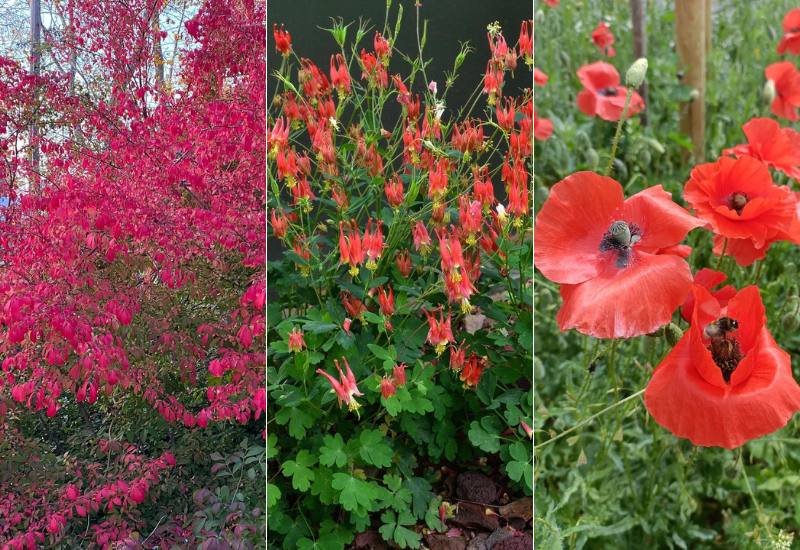
Finding out that your soil is alkaline can be a real disappointment, I know. Your first thought is that you can’t grow as many decorative plants as with neutral or acidic soil conditions. And in fact, you are right.
Fewer species and varieties like high pH levels where they grow their roots, which is basic, or alkaline soil. But this does not mean that you can’t have a fully lush, florid, colorful and even aromatic green space.
So you don’t need to sell your land yet! To start with, sweet (or alkaline) soil can be improved, even growing some special trees or perennials and shrubs. Next, there are a few varieties that will tolerate and even prosper if your soil is full of lime, so it has a high pH.
The reasons why soil is alkaline vary from erosion to poor rainfall or irrigation to the actual nature of the land, how it originated… But not all is lost!
We can show you ways to lower your soil pH and make it less basic, and we have researched and found out quite a few garden plant varieties that will tolerate alkaline conditions!
Alkaline soil: what is it?
But what exactly do we mean by alkaline or basic soil? Alkaline soil, or basic, or “sweet” informally is technically any type of soil that has a pH above 7.0. But while the pH scale goes from 0 to 14, but you will find very, very few plants that live close to the 14 mark, as you will find very few that survive under 4.0.
Most soils are mildly acidic, neutral or, again simply mildly alkaline.
In fact, we divide alkaline soil in levels, this way:
How to Find Out If Your Soil is Alkaline
An expert gardener will tell you if your soil is alkaline by the plants that grow in it spontaneously, and by looking at it… For sure, when it is white and chalky, it is basic, or sweet.
But the very best way to find out requires no experience at all… just by a soil pH meter, stick it in the ground and you will soon have the exact level of acidity. And they really don’t cost much, with 10 dollars you can easily buy one!
What Makes Soil Alkaline
Soil becomes alkaline due to calcium carbonate mainly, a,k.a. lime, a common substance found in rocks, but also eggshells and snail and sea shells, which can have a very high pH (13.4). The more you have it in your soil, the more it becomes sweet.
Calcium carbonate is soluble, so, very rainy and wet lands tend to be acidic, while dry places will tend to have alkaline soil, because it ends up concentrating. Chalk based soil is typically alkaline.
But while chalk based soil is never acidic, the other types of soil can be both, including, of course, clay, loam and sand based types.
But why is alkaline or basic soil a nightmare for many gardeners?
Common Problems with Alkaline Soil
Alkaline soil can be quite problematic, especially for a decorative garden. To start with, few plants tolerate basic, or sweet soil. Most will manage at low levels, but at high levels, the choice becomes really small.
Secondly, alkaline soils have reduced nutrients, in particular iron and micronutrients. This can have serious effects on your plants’ health. Calcium itself, in high doses, can prevent the roost of your plants from absorbing many of the other nutrients they need. And basic soil is very rich in it.
What to Do with Alkaline Soil
Alkaline soil can be problematic, especially when it has a very high pH. You cannot grow acid loving or neutral loving plants in it, but…
You can lower the soil pH, adding Sulphur, aluminum sulphate or even sulphuric acid (I would avoid the last one; only leave it to professionals as it can easily kill). This is the “orthodox”, non organic way.
But there is always the organic solution, which is to improve it by planting lots of leaf shedding shrubs, conifers and by improving the irrigation. Also, adding organic matter and mulching can reduce the pH level of the soil.
Apart from this, you should choose sweet soil loving varieties, and this is what we are here to talk about.
42 Best Plants for Alkaline Soils
Because basic, or alkaline soil loving plants are hard to find, we put together a list of the very best. All tolerate sweet soil, and we grouped them into perennials, trees, shrubs, vines, annuals, and vegetables. And here they are.
Perennial Plants That Thrive in Alkaline Soil
Perennials are the largest category of gardening plants; some will grow happily in alkaline soil, others won’t. So, we can start looking at the ones that have a “sweet tooth”.
1: Ornamental Clover (Trifolium spp.)
Your best perennial friend for alkaline soil clover. Why? To start with, it tolerates high pH levels, up to 8.5. Next, it is very adaptable, strong and it rejuvenates the land by fixing nitrogen into the ground.
And the ornamental varieties are quite decorative, including red clover (Trifolium pratense), which is actually magenta, crimson clover (Trifolium incarnatum), and this time the color is right, and candid white clover (Trifolium repens); the ‘PurpurescensQuadrifolium’ cultivar of this last has amazing violet purple leaves! Sow it straight into the ground and when you cut it, use it for compost or mulching.
2: Wormwood ‘Powis Castle’ (Artemisia arborescens x Absinthium)
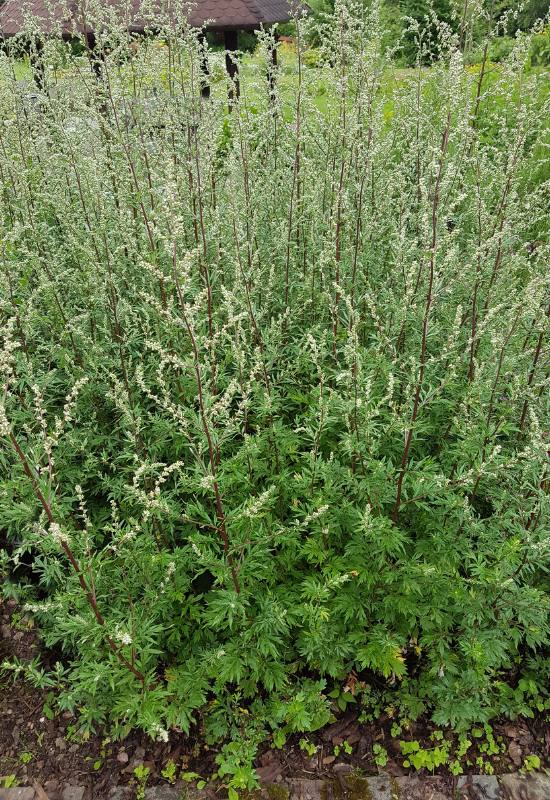
Wormwood ‘Powis Castle’ is a shrubby perennial that comes from crossing two species of Artemisia, including Arthemisia absinthium, yes, absinth!
The fact is that this hallucinogenic plant loves alkaline soil, up to 8.5 and in fact it grows a lot on building sites, where there is a lit of lime.
But it is so beautiful that it has won the Award of Garden Merit by the Royal Horticultural Society, and you will love its silver blue, frilly and spiky foliage in your borders.
3: Plantain Lily (Hosta spp.)
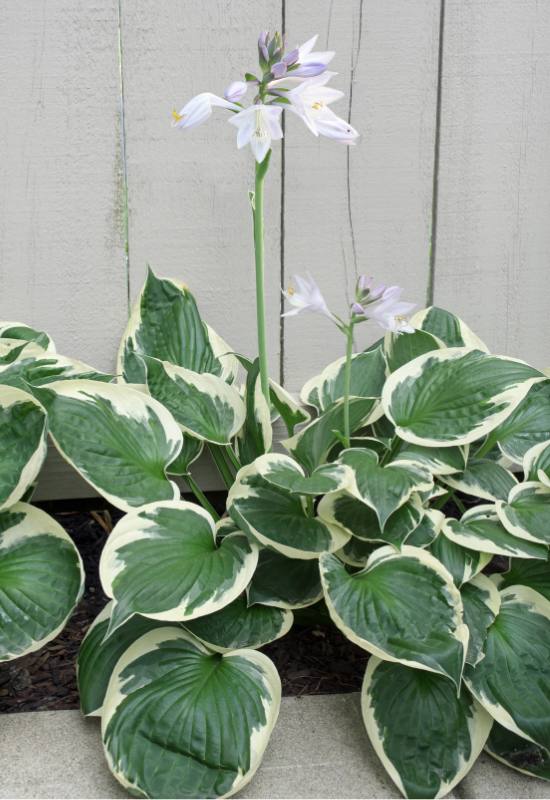
You can even achieve the underbrush look you would usually need acid loving plants for, if you grow plantain lily. In fact, it will tolerate mildly alkaline soil as well. So, you can grow its soft looking, lush, large and broad heart shaped leaves in green varieties or variegated ones, with white, cream and yellow mixed in.
Then, the white or lilac blooms will add to these small perennials’ leaves in thin and elegant spikes, to freshen up the warm season in your garden.
4: Canadian Columbine (Aquilegia canadensis)
Enjoy the nodding blooms of Canadian columbine on your alkaline land, because it quite likes it.
Usually with red flowers, sometimes with a yellow crown in the middle, and coming in great profusion, this perennial is quite adaptable to pH above 7.2 and it will offer you a fiery floral display and lots of little green leaves as backdrop.
So beautiful that it too has won the Award of Garden Merit by the Royal Horticultural Society. And it’s quite cold hardy as well!
5: Black-Eyed Susan (Rudbeckia hirta)
Tolerant of different soil types, black eyed Susan prefers it mildly alkaline and up to 8.5 in pH. Enjoy any of its many cultivars then on your lime rich land, all playing with the theme of bright yellow, showy flowers and a dark center, hence the funny name.
Easy to grow and tough, it is ideal for energetic and sunny looking e and beds with a natural design. But you can also grow it for cut flowers, if that’s what you need.
6: Coneflower (Echinacea spp.)
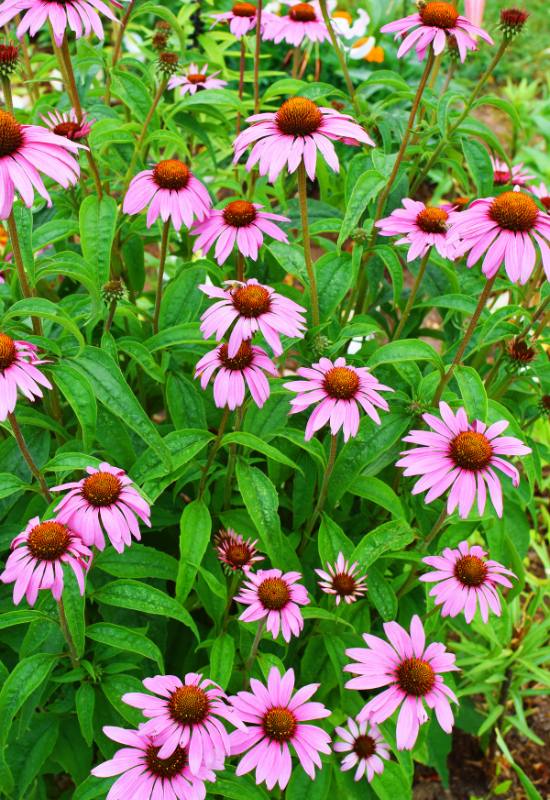
Coneflowers are grown commercially for their medicinal properties in soils with pH from 6.0 to 8.0, so they tolerate mildly alkaline soil.
But you can grow them for their showy and colorful flowers as well, and they will fill your borders and beds with their warm shades of yellow, magenta, red, pink etc. Easy to grow and very sturdy indeed, these generous perennials will never let you down!
7: Hellebore (Helleborus spp.)
You can even fill your winter garden with blooms with hellebores, even if the soil is alkaline. These perennials that “specialize” in unusual colors like green and deep purple, maroon, and include more common shades, like white and pink, in fact, are quite adaptable and they will bring life and energy when most of Nature is asleep.
I have even seen them grow spontaneously in heavy chalk soil! They are perfect under trees, in beds and naturalized areas.
8: Mums (Chrysanthemum spp.)
Mums, or chrysanthemums, are very generous late flowering perennials that tolerate soil with alkaline pH, up to about 8.0.
Coming in all sorts of colors, singles and doubles, this gives you a chance to bring your borders and flower beds to life when days get shorter.
The foliage too has good decorative value, thanks to its fine texture, and sometimes interesting shades, including on the silver side.
9: Yarrow (Achillea millefolium)
Yarrow is yet another alkaline soil tolerant blooming perennial, which is ideal for naturalized areas, but also borders. Its large inflorescences attract lots of pollinators, and there are many varieties with yellow, pink, rose, coral, red and purple blooms.
These come to brighten up your summer days on top of the finely textured lace like foliage which is both aromatic and semi evergreen. And it will thrive even in very cold regions!
10: Catmint (Nepeta faassenii)
Catmint likes both acidic and alkaline soil (5.0 to 8.0), so you are safe either way. It will explode with its bright blue flowers on delicate spikes year after year, filling your beds and borders with its peaceful and heavenly blossoms.
Low maintenance and easy to grow, this is a very versatile perennial that can grow also under shrubs, rock gardens, wildlife gardens and even along paths – and always with great results!
Top Alkaline Soil Trees To Grow
Large trees will literally turn the soil into the type they like, but they need to establish themselves first. As we said, you can use conifers to make the soil more acidic. But if you want them to feel at home and thrive from the start, there are some that will actually like sweet, alkaline soil. And here they are…
11: Black Locust Tree (Roboniapseudoacacia)
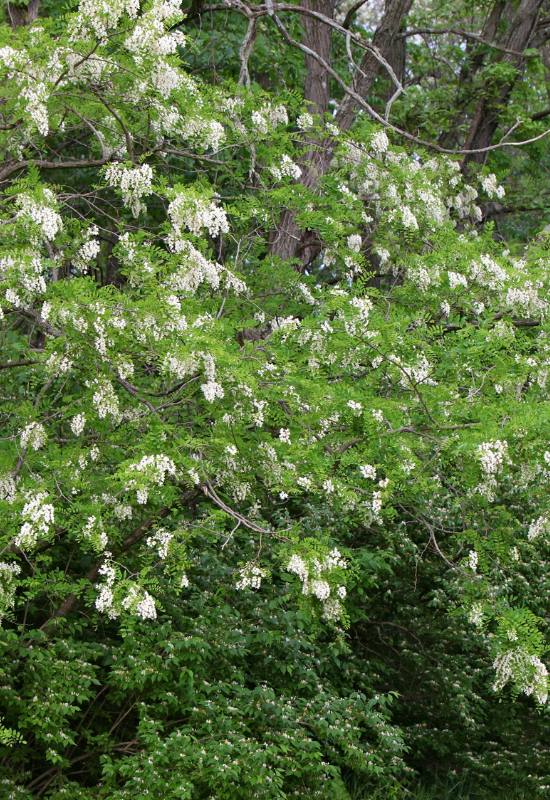
Fast growing and vigorous, locust tree will tolerate alkaline soil to about 8.0 on the pH scale. Often multi-trunked, it offers you fine, bright green foliage with delicately pinnate leaves, and lovely drooping panicles of fragrant white flowers, which are even edible!
Followed by brown pods, they will grace your garden in spring. Perfect for the back of a garden and privacy, a small coppice of this deciduous tree will also greatly improve your soil condition.
12: Green Ash (Fraxinus pennsylvanica)
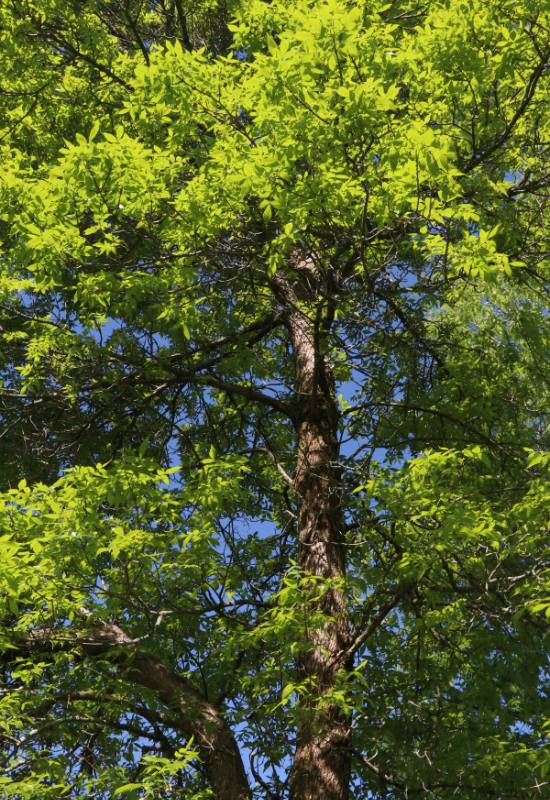
Green ash actually likes mildly alkaline soil! This upright tree has green pinnate leaves that turn yellow and orange in fall, before dropping to feed your land.
But they will also entertain your family and guests with its seeds, called samara, which have wings like dragon flies to be carried by the wind.
Very common in urban décor, it is also an excellent choice for a bright and cheerful garden design. However, remember that it can grow quite tall.
13: Tamarisk (Tamarixramosissima)
Tamarisk is a rare exception: it can tolerate even very alkaline soil! With an open habit and reddish branches, it fills with delicate pink blooms late in the season, while you will enjoy its fine, breezy bright green foliage from the spring.
Its feathery look makes it ideal as an elegant garden tree (or shrub, according to how you train it), and it can withstand very harsh conditions indeed! Despite its delicate look, it is in fact very tough!
14: Burning Bush (Euonymousalatus ‘Compactus’)
For a super decorative small tree that will grow well in most soil pH levels (5.0 to 8.0) including alkaline and sweet, look at burning bush!
With elliptic leaves that turn from rich green to flaming scarlet red in the fall, it is a real show stopper.
The small greenish flowers may not be a spectacle, but the purple red berries that follow them are quite shiny and attractive!
Ideal for a small, even urban garden, it has even won the famous Award of Garden Merit by the Royal Horticultural Society!
15: Hackberry (Celtis occidentalis)
Native of central and northeastern America, hackberry is an alkaline soil tolerant tree with many aces up its sleeve…
lush foliage that starts off mid green to become golden yellow as the season progresses is one… Pollinators that come to its greenish flowers in spring is another.
The berries that ripen to dark purple, almost black in abundance on the branches yet another. And, yes, they are delicious and they attract lots and lots of birds and small fauna to your garden!
Vines for alkaline soil
We cannot forget vines in a garden with sweet and alkaline soil. They bring the whole effect together, mixing the lower with the higher levels of your design. Again, there are not that many, but enough to make your green space look good and lush!
16: Clematis (Clematis spp.)
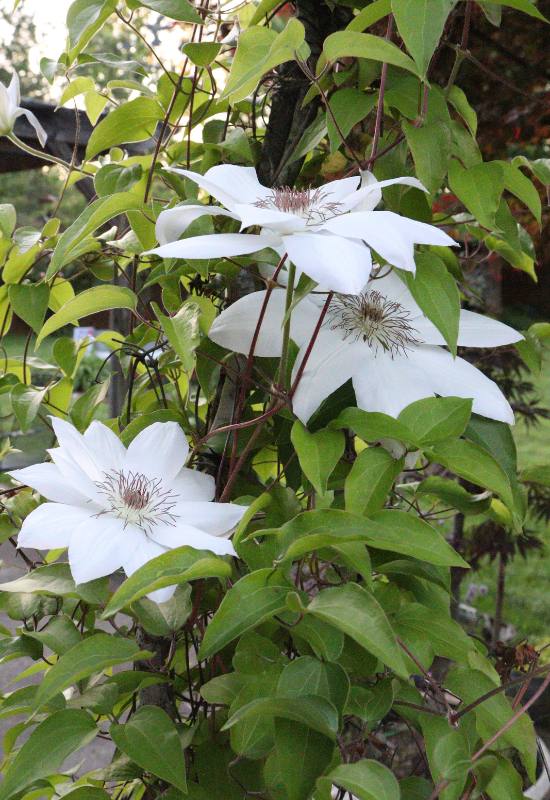
We are in luck! One of the most popular garden vines ever tolerate alkaline soils: clematis! With its big, showy and exotic looking flowers, it will climb up your pergola, trellis or fence and brighten it up with its amazing range of bright colors, from white to deep purple.
And with the many cultivars available on the market, you surely can play with the different shapes and looks of this amazing and generous shade-loving climber!
And with early and late flowering varieties, you can even extend its blossom to cover most of the season.
17: Virginia Creeper (Parthenocissus quinquefolia)
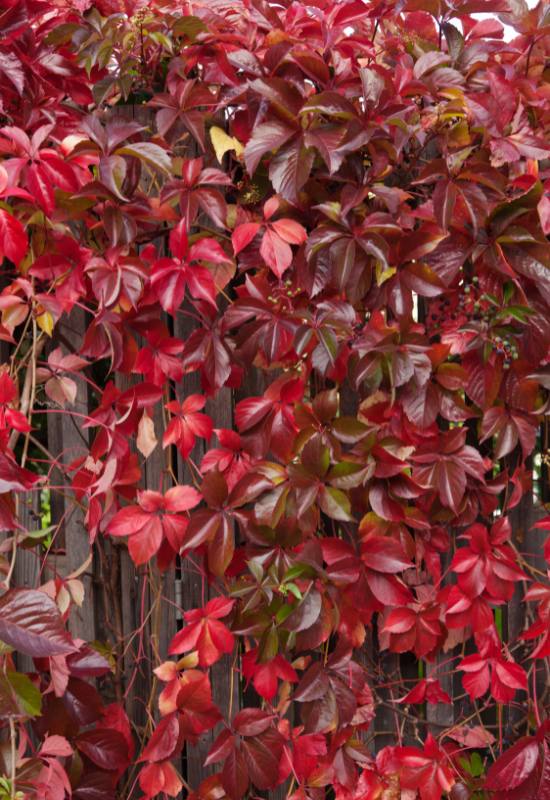
Virginia creeper will like soil from acidic to mildly alkaline (5.0 to 8.0) and it will still cover your walls or fences with its lush foliage!
Loved for its dense palmate leaves, this American vine will change from green to orange and ruby red when winter approaches.
But we also love it for its lovely blue berries, which grow on red stems, which stay on long after the leaves have dropped.
Very vigorous, it will also bloom in spring, with greenish flowers that mainly hide from view. It is also great as ground cover, while be careful with walls: it’s hard to take it off them!
18: Winter Jasmine (Jasminum nudiflorum)
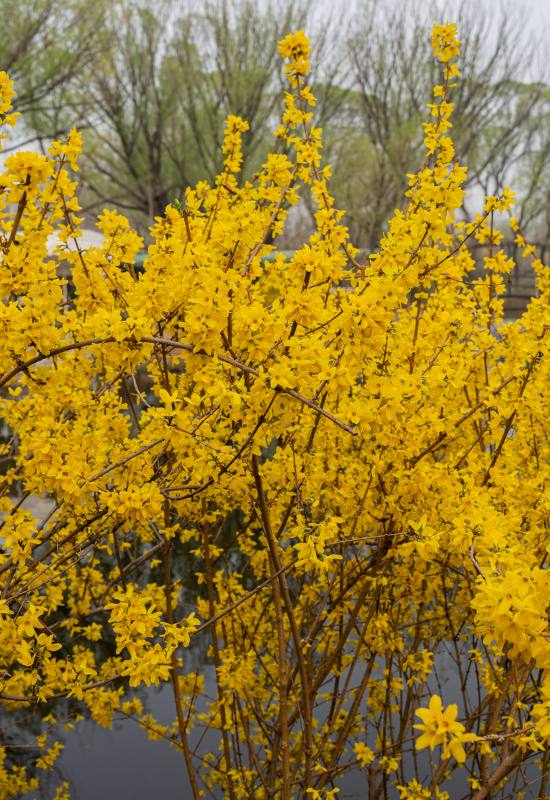
Winter jasmine fills gardens with a sea of bright yellow flowers on its climbing vines, and not in summer, but in winter and spring! Unlike other varieties it is not fragrant, but very generous, and it can grow in almost any soil, from very acidic to very alkaline!
These golden blossoming rainfalls will also propagate themselves as they touch the ground, which makes it ideal for bank covers. The shiny green leaves are an added bonus to this winner of the Award of Garden Merit by the Royal Horticultural Society.
19: Honeysuckle (Lonicera spp.)
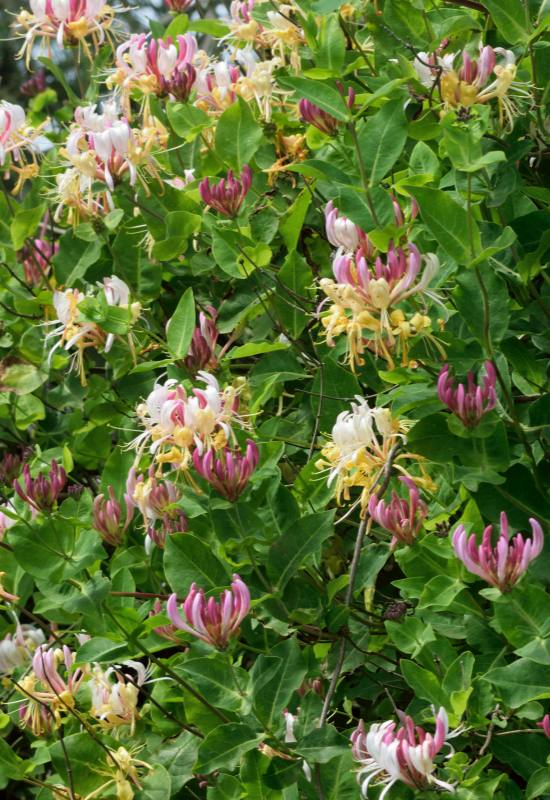
A great flowering and twining vine that will tolerate sweet and alkaline soil, to about 8.0 on the pH scale is honeysuckle!
With its clusters of bright flowers that look like playing trumpets, in colors from white to red, with yellows, pinks and oranges in between, it will keep your garden cheerful till late in the season.
The oval leaves usually emerge copper, and then they turn glossy and dark green. Fast growing, it will soon cover your arbor, trellis, fence or pergola and make it shine with its sweetness!
20: Chocolate Vine (Akebia quinata)
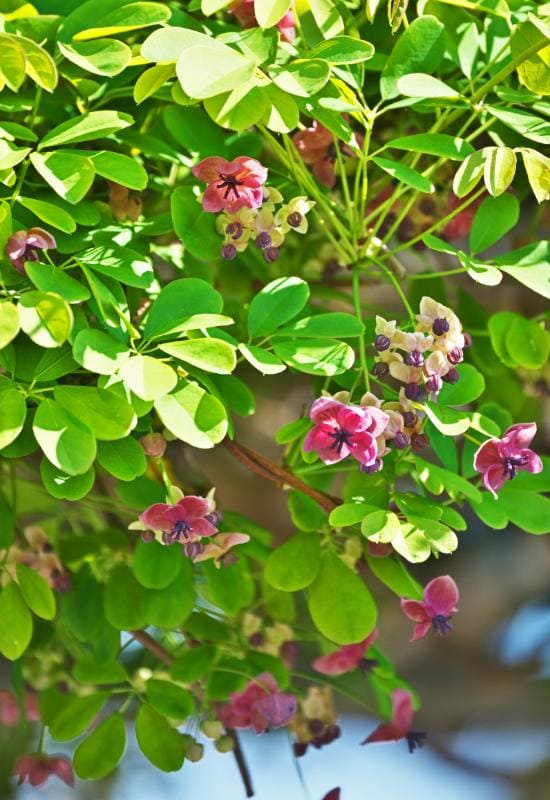
For mildly alkaline soil, up to 8.0 in pH, you can even grow an exotic looking, vigorous climber like chocolate vine!
The dangling blooms with three petals, that look like open pods o small helicopters are purple, and they smell of chocolate!
Followed by long sausage like seedpods with edible pulp, they all look great against the bright green and lush, foliage of elliptic leaves…
Till fall, when they actually take on a purplish flush! It has so much to offer that it has won the Award of Garden Merit by the Royal Horticultural Society.
Shrubs for alkaline soil
Shrubs are essential for soil health, especially if it is alkaline. They provide lots of organic matte with leaves and small branches dropping, as well as shelter and corridors for small fauna.
When it comes to decorative gardening, they fill spaces, they give us the “middle level” between small herbaceous perennials or annuals and trees, and they are also very beautiful.
21: Rock Rose (Cistus spp.)
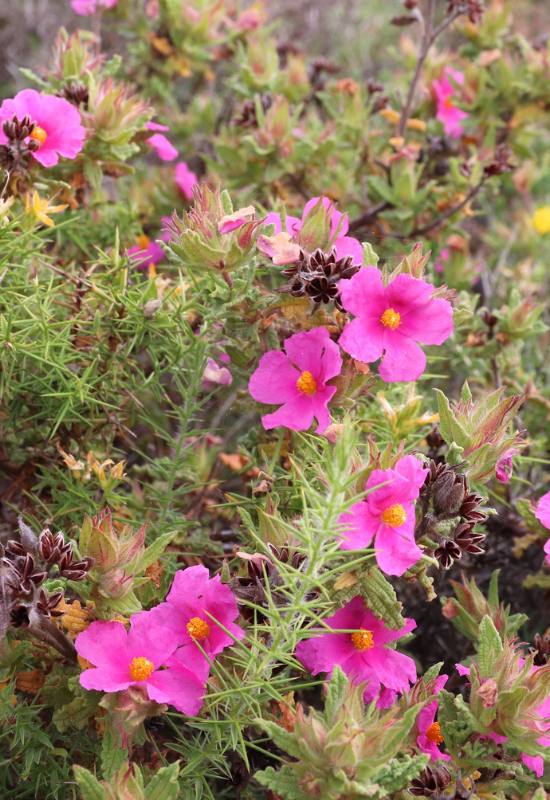
If your soil is alkaline up to 8.5, you can grow a beautiful shrub like rock rose! As the name suggests, the blooms look like single roses, and they come in a range of colors from white to magenta, via pink and cerise.
Some varieties also have dark purple dashes at the base of each petal, which contrast beautifully with the golden centers.
The fuzzy herbaceous foliage of elliptical leaves is dense and healthy, perfect as compost when it falls to the ground, even if they are evergreen.
You can also pick different sizes to suit the space you have in your garden, with many varieties you could use as ground cover, yet another way to keep your land healthy even in coastal regions.
22: Lavender (Lavandula spp.)
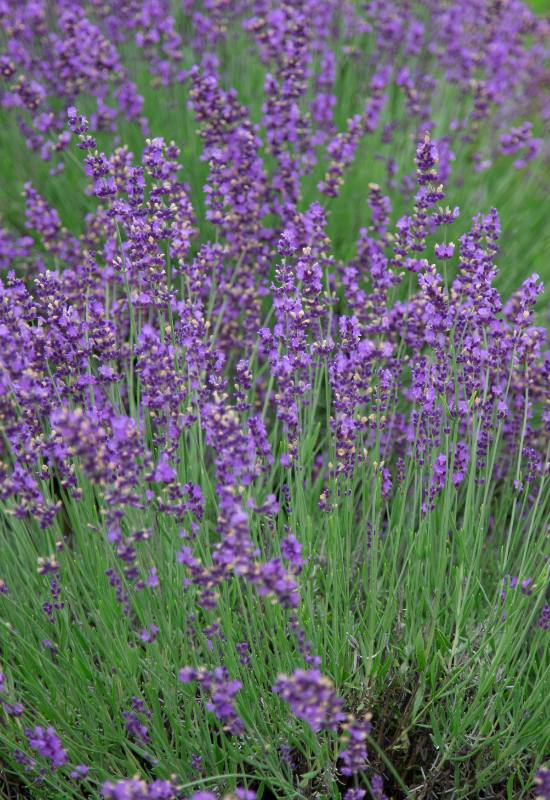
Lavender is a tough shrub which likes free draining, even dry soil, like chalky and alkaline ground up to 8.0 on the pH scale.
It will thrive with very little care, and it will attract lots of pollinators, thanks to its massive and aromatic blooms in colors from white to violet, thus also improving the fertility of the other plants on your land.
23: Bearberry Cotoneaster (Cotoneaster dammeri)
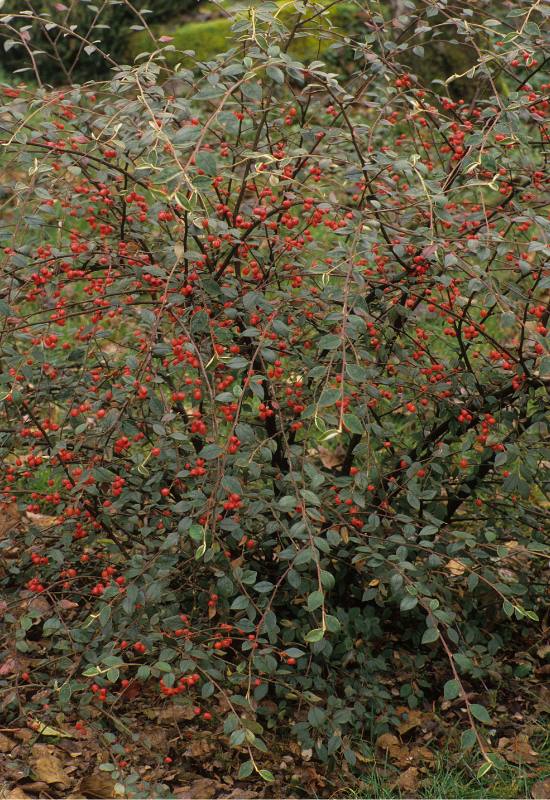
A low but spreading shrub for mildly alkaline soil types is bearberry cotoneaster, and what a beauty it is! On the dark trailing branches, you will see many, dense glossy evergreen leaves, deep green in color and oval in shape.
But the foliage turns bronze to reddish in winter! But you will also find lovely little flowers, white with a pink blush.
And then, lots of shiny, round red berries will add an extra touch of color to this easily grown favorite of birds and butterflies, who really love its little fruits. It is excellent as ground cover and in rock gardens.
24: Common Thyme ‘Silver Poise’ (Thymus ‘Silver Poise’)
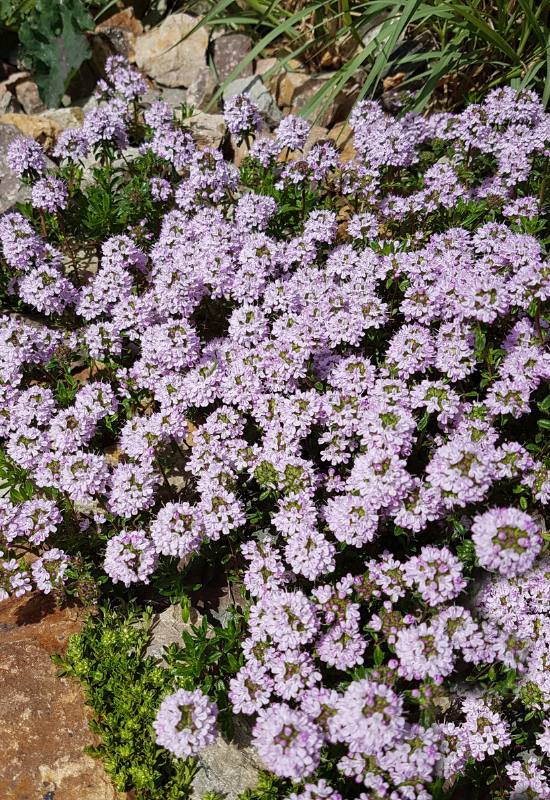
All thyme varieties will tolerate alkaline soil up to a pH of about 8.0, but ‘Silver Poise’ is one of the most decorative. With purple branches, variegated leaves with gray green and white margins and pink tips, this small perennial shrub fills with white to purple flowers once a year.
Aromatic, don’t be put off by its decorative value: it is also great for cooking! And remember that there are many other varieties, like creeping thyme, for different effects, even to use as ground cover.
25: California Lilac (Ceanothus azureus)
For a strong and vigorous shrub with many varieties on the blue range, California lilac, or Ceanothus, is ideal for alkaline soil, up to pH level 8.0.
Its massive blooms of many clusters that appear at the tips of the branches in late spring make it look like a piece of heaven on earth.
The tiny little flowers form like clouds, and they are so many that they cover the whole shrub for two months!
Coming in all the ranges of this color, from azure to deep and some with a violet shade, when they are spent, they leave you with glossy, bright green leaves for privacy all year round!
26: Forsythia (Forsythia spp.)
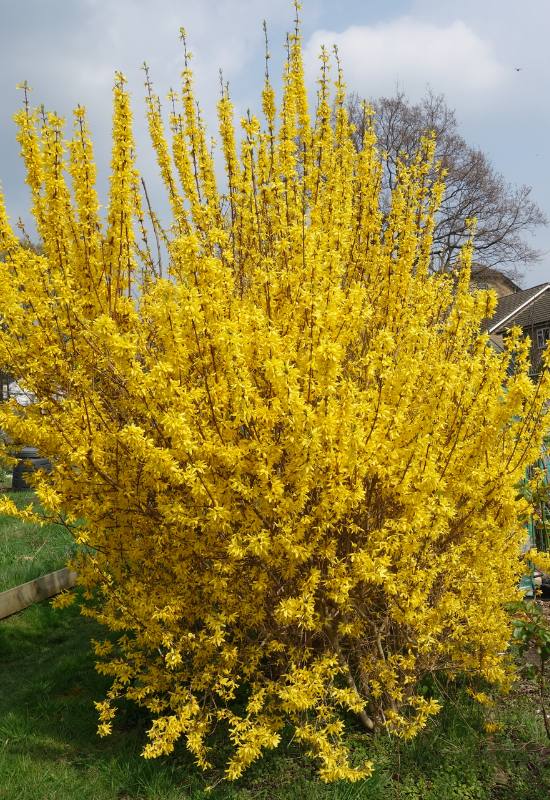
Even the absolute queen of spring blooms will grow in mildly alkaline soil, which forsythia actually prefers! With its mind blowing blossom early in the season, when the whole shrub turns completely yellow as if covered in gold, this vigorous garden favorite is impossible to miss.
Ideal for large hedges or as a specimen plant, it also has quite dense bright green leaves and there are even weeping varieties, for add beauty.
Easy to grow, it does need regular pruning, or it will take over all your space in a matter of a few years.
27: Lilac (Syringa vulgaris)
And here is another world famous shrub that tolerates alkaline soil: lilac! With its panicles of fragrant flowers that virtually fill the whole shrub in spring, no wonder we all love it.
White, pink, violet, lavender, purple and, of course, lilac colored blooms make this garden classic very valuable indeed.
And it grows fast and vigorously, covering in lovely heart shaped leaves. Perfect for a traditional looking garden or even naturalized areas, strong and healthy as a plant, it is one of the best options for land that has a fairly high pH.
Annuals for alkaline soil
We find that not many annuals tolerate alkaline soil; but there are a few beautiful ones for your garden, so you can grow them in your beds and borders.
28: Annual Geraniums (Pelargonium spp.)
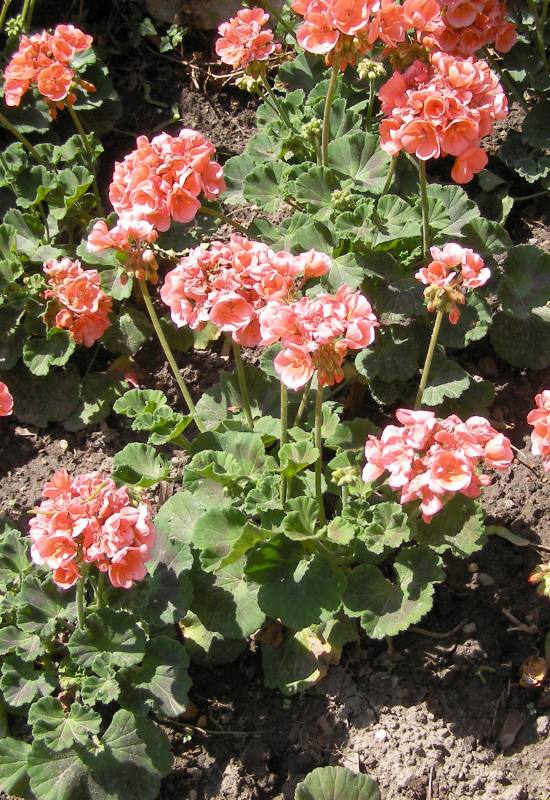
Fresh looking annual geraniums will tolerate mildly alkaline, or sweet soil, as long as well drained.
With their delicate looking flowers in a wide range of shades including white, pink, orange, red and purple, and some bicolor varieties, they brighten up beds and borders, and there are also scented varieties.
The broad, sometimes variegated foliage adds good texture to your garden, and it is quite strong and long lasting. Like their perennial relatives, they are low maintenance and quite forgiving.
29: Cornflower (Centaurea cyanus)
Cornflower is one of the most delicate and natural looking annuals ever, and it prefers mildly acidic, or lightly sweet soil. Spontaneous in temperate wheat fields, its ruffled blue flowers on lace like stems are a magnet for pollinators and the quintessence of elegance!
They also bloom for a very long time, adding their vibrant color to beds and borders, but they are also excellent cut flowers.
The sky color theme is then picked up by the lance shaped leaves, which have a beautiful silver green tonality. Of course, they are perfect for wild prairies and naturalized areas, also because they self seed.
30: Field Poppy (Papaver roheas)
Filed poppies will not mind if your soil is mildly acidic, and you know what it means… Lots of showy fiery red flowers with dark centers like in corn fields, a show we all marvel at!
And the round blooms are so energetic but at the same time so delicate looking; the petals look like they are made of silk, almost see through.
While they only last one day, each little plant will produce so many that it will look like your garden is on fire! And an added bonus: the soft, broad and bright green leaves at the base are edible, and quite sweet! They taste a bit like soft spinach!
31: Annual Phlox (Phloxdrummondii)
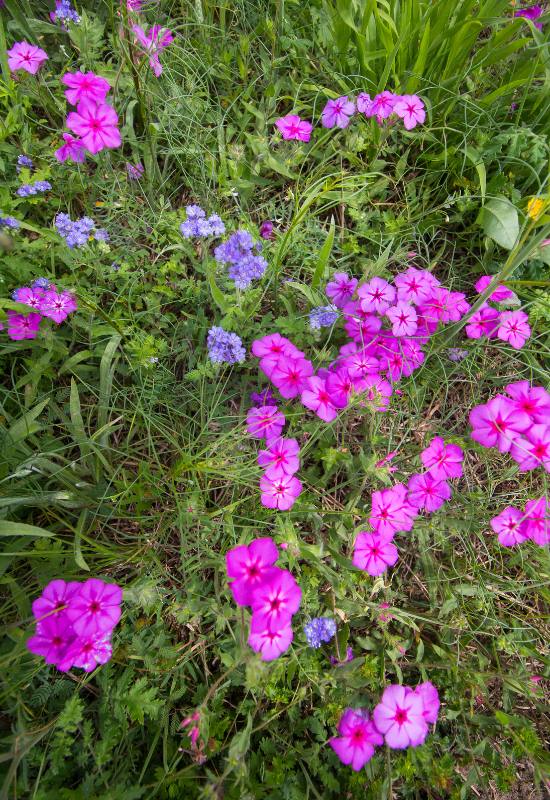
The ideal soil pH for annual phlox is between 6.0 and 8.0, so moderately alkaline is fine. Its lovely, carnation like flowers are bright rose red, and they have a wonderful fragrance indeed!
Coming in clusters on top of the stem clasping, soft and hairy (and sticky) leaves, they can form seas of color that bees and other pollinators really love.
In the right conditions, these annuals will also self seed, so you will get them again next year. Ideal for beds and borders, it it is also suitable for naturalized areas, wild prairies and cottage gardens.
32: Sweet Peas (Lathyrus odoratus)
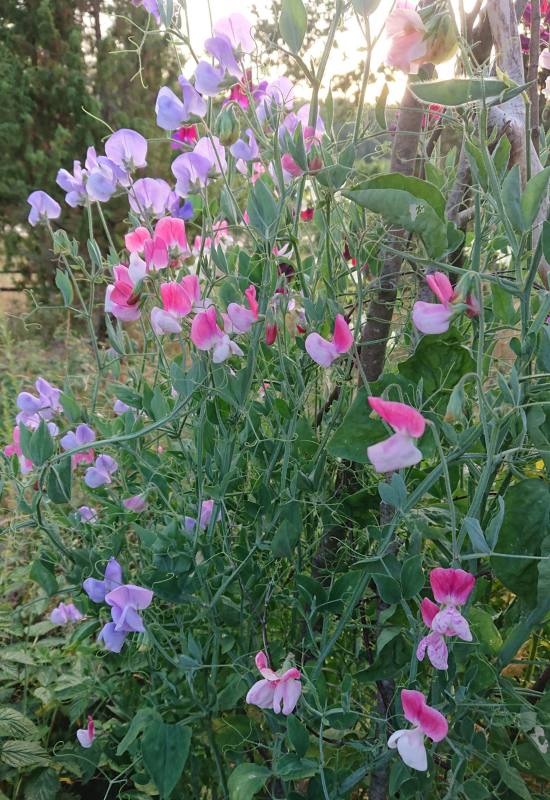
We can close our list with one of the most generous annual bloomers you can ever grow in alkaline soil: sweet peas! Growing fast and strong they will very soon start producing very colorful blooms, of almost any color, and with a heady fragrance as well. And they will not stop until the end of fall!
Climbing up with their vines and attaching to supports with their tendrils, they will also freshen up your garden with their soft looking, bright green little leaves.
There are so many varieties that you can literally have a kaleidoscopic effect on your land, and yes, the perfect pH for them is between 7.0 and 8.0.
Vegetables for alkaline soil
Unlike decorative plants, more vegetables and edibles tolerate high pH levels and alkaline, or basic soil. Most vegetables like mildly acidic soil, but the overall range they can thrive in is between 5.2 and 8.0 on the pH scale.
And there is no written rule that says that you can’t grow them in your flower beds and borders, and in fact, many cabbage varieties are grown for their beauty and colors.
But even if you just want some fresh vegetables to put on your table, here are some of the best to grow in sweet and alkaline soil.
33: Asparagus (Asparagus officinalis)
On the upper end of the vegetable market we find asparagus, prized for its unusual flavor and quite expensive. It will happily grow in soil with alkaline pH up to 8.0.
You need to dig deep beds for this edible, but the pleasure of picking its young and soft shoots from the soil and putting them on the table is unmatched.
And the thin foliage looks like green plumes, great from a visual point of view as well. Asparagus is a great source of Vitamins A, C, E and K, as well as folate, potassium and phosphorus.
34: Beans (Phaseolus vulgaris)
Beans are very productive vegetables and rich in protein, and they too tolerate mildly alkaline soil, up to about 7.5 on the pH scale. Easy to grow and with a long harvest season, they are also easy to store, because all you need to do is let them dry.
This vine also attracts lots of pollinators to your garden, and it helps with the soil conditions, as, like clover, it fixes oxygen into it.
They will also add carbohydrates, fiber, folate and many minerals to your diet, including iron, calcium, magnesium, phosphorus and potassium. In fact, beans are excellent substitutes for meat.
35: Beet (Beta vilgaris)
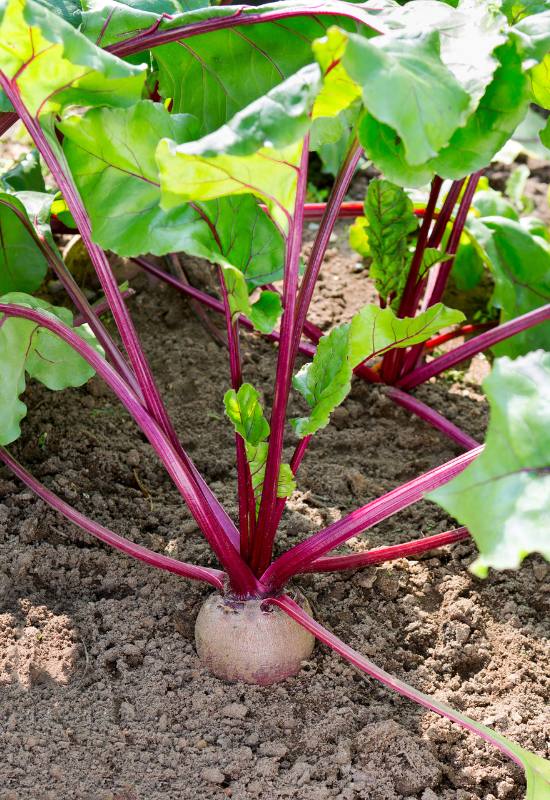
Tolerant of mildly alkaline soils, up to pH 7.5, beat is a very useful edible plant. In fact, this is both a humble root vegetable and a leafy delicacy. It is also a quick harvest, which means that you can use the bed for other plants later on.
There are, of course many varieties, including beetroot. With beet you can have casseroles and colorful, hearty dishes and a lot sweet tasting foliage in a matter of weeks! It is also rich in sodium, calcium, iron and potassium – very healthy indeed!
36: Cauliflower (Brassica oleracea var. botrytis)
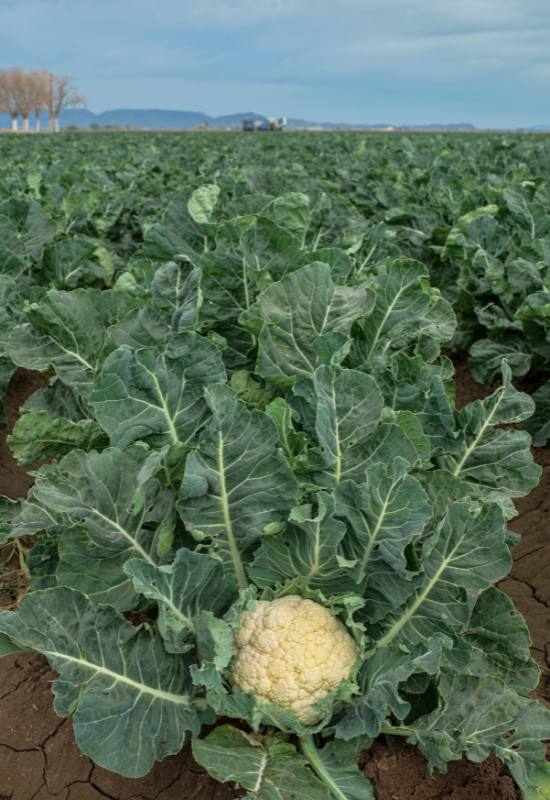
A very hearty winter vegetable, cauliflower will grow well in mildly alkaline soil, to 7.5 on the pH scale. Low in calories and rich in vitamins and minerals, this vegetable will also keep your soil active during the colder months of the year.
Ideal for comforting but also healthy and non fattening meals, it may take some time to grow, but the wait is worth it.
Be careful with snails and slugs though: they love it! Grow garlic between cauliflower plants to keep them away. Rich in Vitamin C, K and B6, it also provides folate, pantothenic acid, potassium, manganese, magnesium and phosphorus.
37: Garlic (Alium sativum)
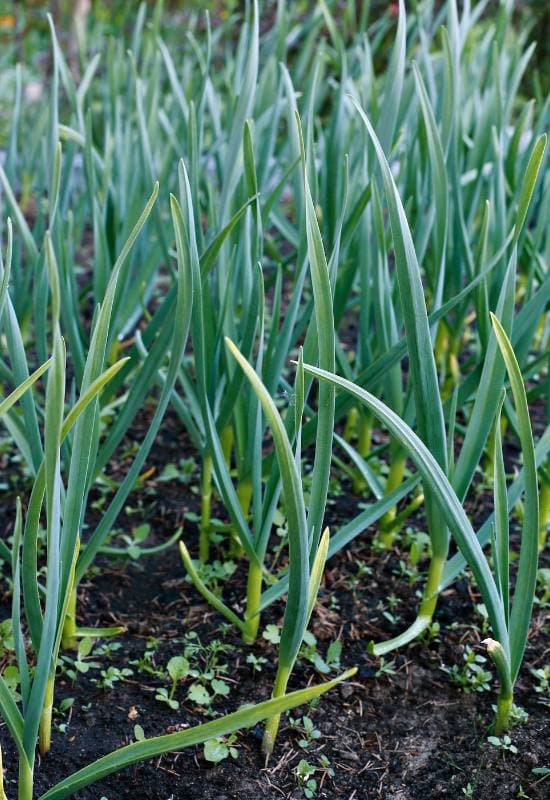
Garlic is a must in any kitchen, and a very healthy vegetable indeed! You can grow it in moderately alkaline soil (8.0 pH) and you can also plant it between other crops; it will give you a helping hand with pests. It will take time to get ready, but it has low maintenance demands.
Make sure the soil is loose if you want big bulbs, and only pick it when the foliage starts to yellow. And yes, you can cut the leaves when it grows, and use them in the kitchen. Also, remember to plant it with a waning Moon, or it will bolt fast! Garlic is rich in Vitamin C and zinc.
38: Kale (Brassica oleracea var. sabellica)
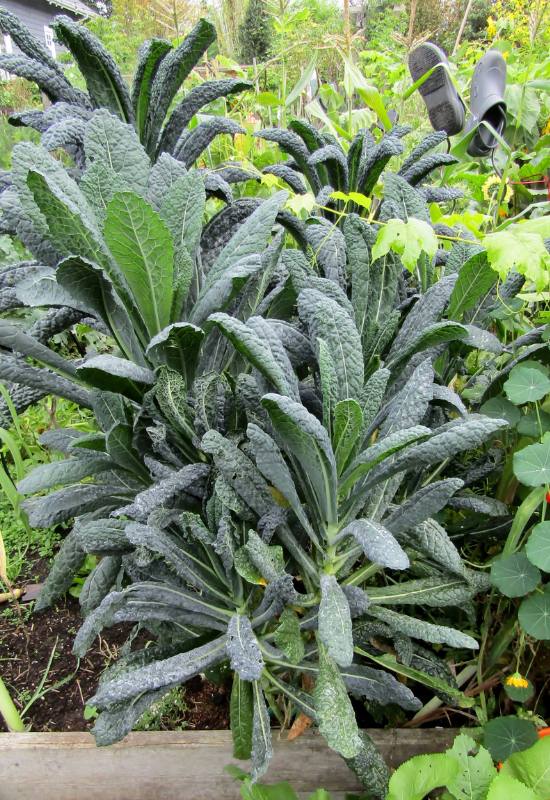
Many vegetables of the Brassicaceae family tolerate alkaline soil, and kale is one of them: up to a pH level of 8.0, it will thrive! If you like leafy edibles with a strong flavor and lots of nutrients, you may wish to give it a go.
Ideal when steamed, stir fried, roasted or even raw, this humble plant is very versatile indeed! And it is a great source of Vitamins A, C and K as well. It is also rich in calcium and in potassium.
39: Leek (Alium porrum)
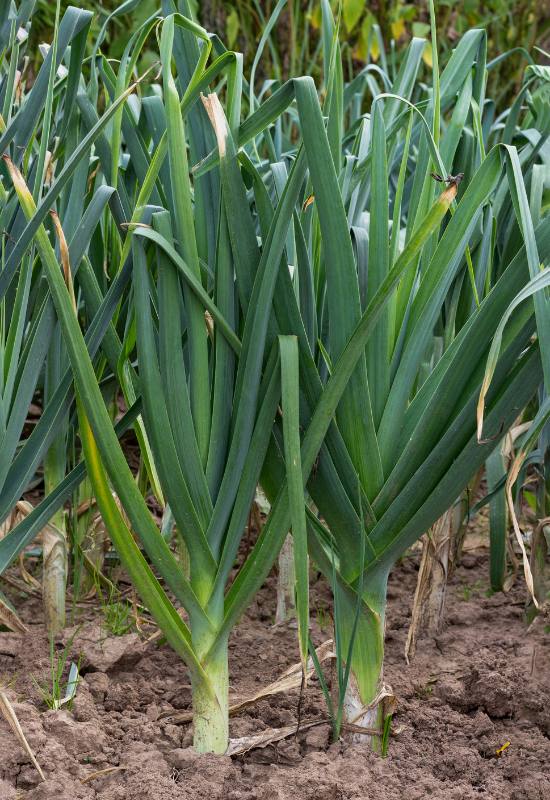
Leek is yet another winter vegetables you can grow in alkaline soil, up to a pH level of 8.0. With its sweet and warm flavor, it is great to add the extra “warm touch” to many dishes. But don’t forget that in nutritional terms, this humble edible is a real wonder!
In fact, it is rich in manganese, copper, iron, folate, Vitamin C and B12. What us more, given its long and narrow shape, it is ideal to plant between other crops.
40: Peas (Pisum sativum)
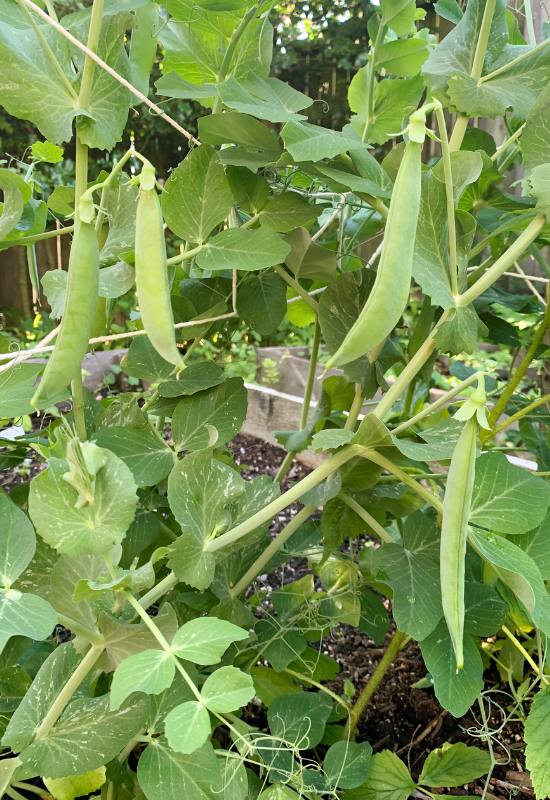
Peas are some of the freshest vegetables ever, and they will grow in soil pH up to 7.5, which is mildly alkaline. These climbers will grow fast and fill first with flowers that pollinators love, then with pods that give you long lasting crops!
Apart from fixing nitrogen into your basic soil, which is great for fertility, they are also rich in Vitamin C and E, zinc and antioxidants.
Do provide support for the plants, like stakes or a trellis, because they grow quite tall indeed and when they fruit, the thin vines need to hold on to something steady.
41: Spinach (Spinacia oleracea)
If you love healthy leafy vegetables and you have alkaline soil, spinach will do well on your land.
In fact, it tolerates pH levels of up to 7.5. It is also a very fast crop, which you can harvest very soon, and it’s easy to grow. It is rich in calcium, iron, magnesium, potassium, Vitamin A and folate.
Its uses in the kitchen vary: baby spinach is great in salads, and when it grows, it can be cooked in any imaginable way.
Yet again, remember to plant it with a waning Moon or it will bolt fast. This is a rule for all leafy vegetables.
42: Tomato (Solanum lycopersicum)
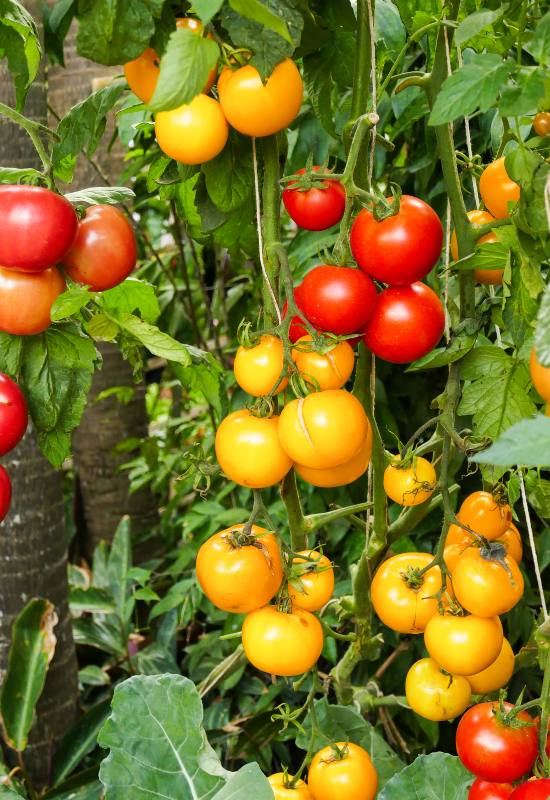
Arguably the most loved, famous and useful fruit vegetable in the world, tomato, can grow in your alkaline soil as long as the pH is within 7.5.
No need to tell you in how many ways you can use it in the kitchen, and there are now literally hundreds of varieties, of all colors, shapes, sizes and flavors.
It is also rich in sodium, Vitamin C and K. Determinate varieties will not need staking, but indeterminate ones will. And if you love in a warm climate, this last type can live for more than one year.
Your best friends for a garden with alkaline soil
For a decorative garden, having alkaline soil can be a problem, because many plants prefer neutral or acidic pH. But we have seen a fair few that will tolerate sweet, or basic conditions in big categories like perennials, trees, shrubs, climbers and even some annuals.
We also looked at vegetables you can grow in sweet soil types, and.. Talking about this last one… Remember that there are lovely decorative varieties, with beautiful colors including pink, cream and purple. So, cabbages can look great in flower beds and borders as well.

Written By
Adriano Bulla
After many years as an academic in London, Adriano Bulla became a writer, publishing books like A History of Gardening, Organic Gardening and Elements of Garden Design; he then decided to become a gardener, following his childhood dream, and has been following his dream writing and gardening professionally in Southern Europe, where he has specialized in new and innovative organic gardening fields and techniques, like permaculture, regenerative agriculture, food forests and hydroponics.

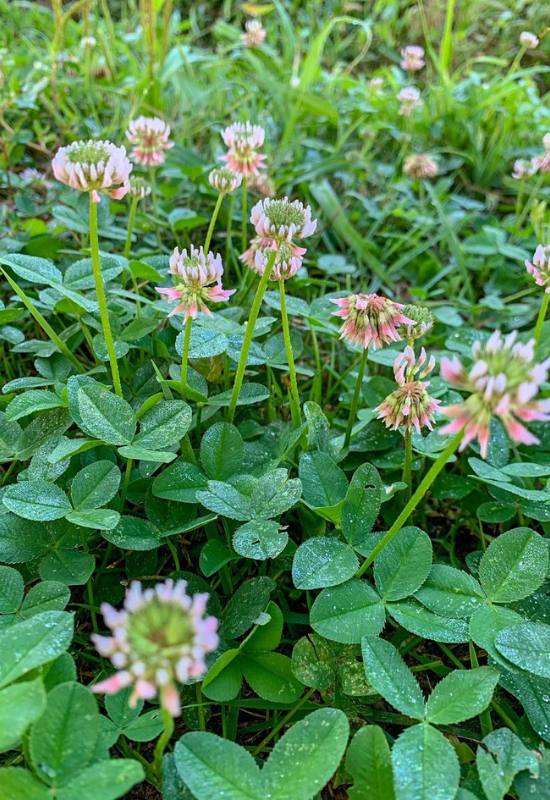
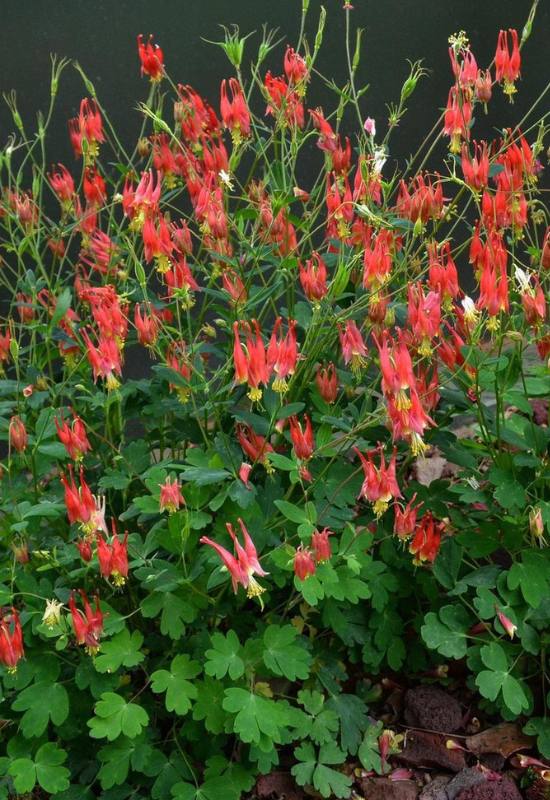
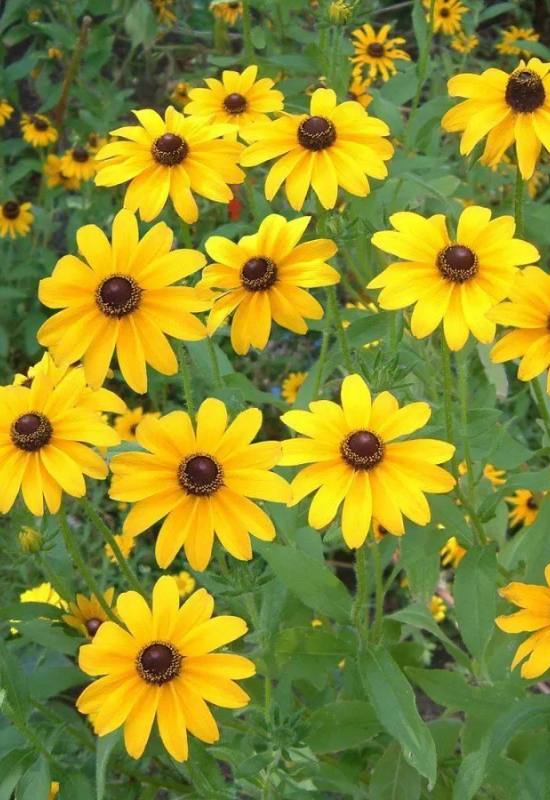
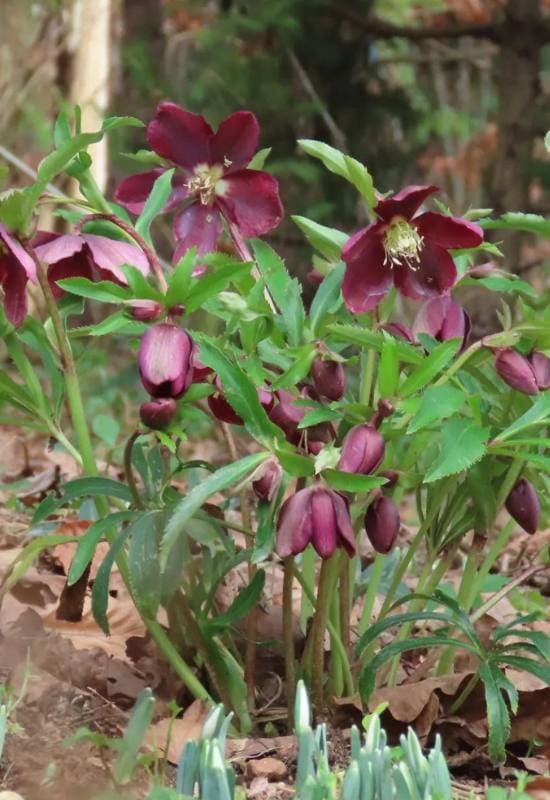
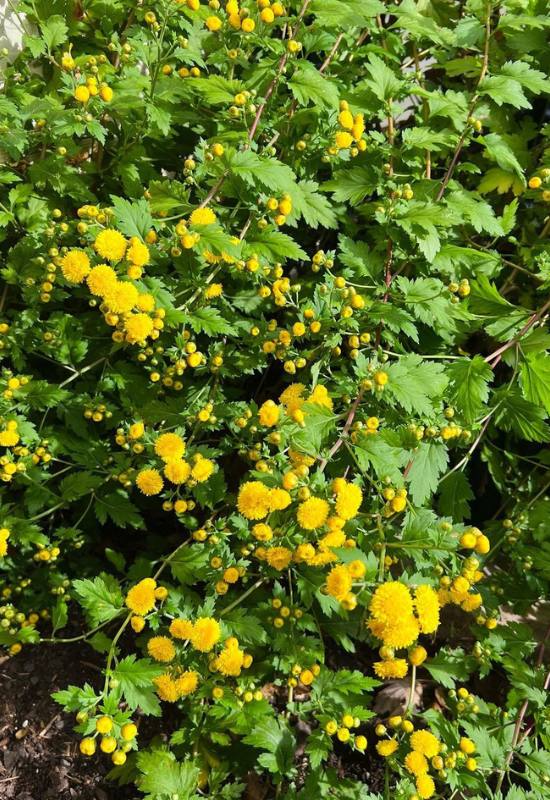
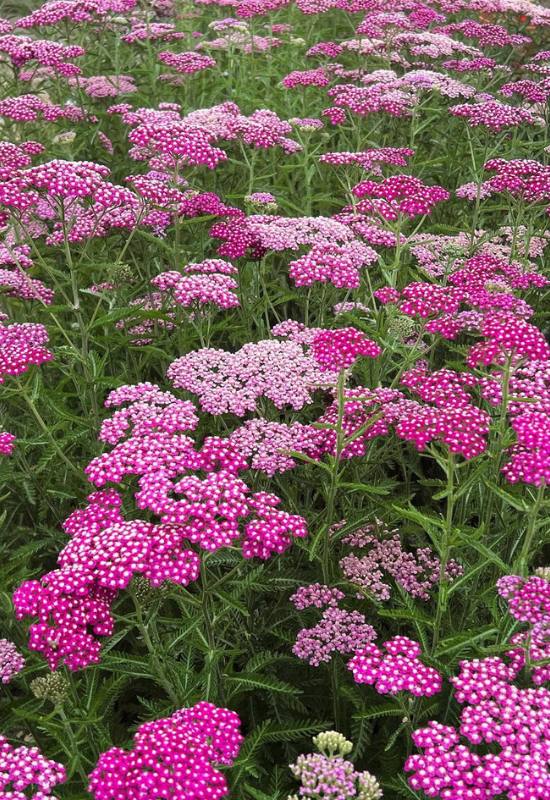
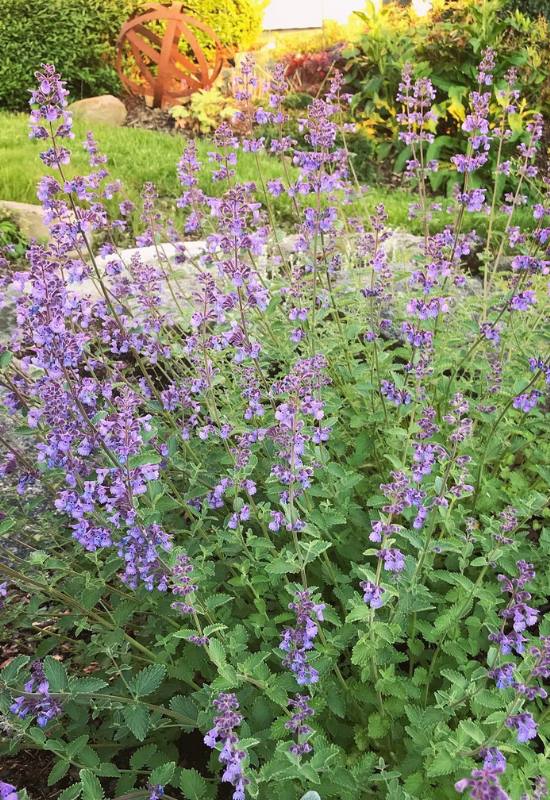
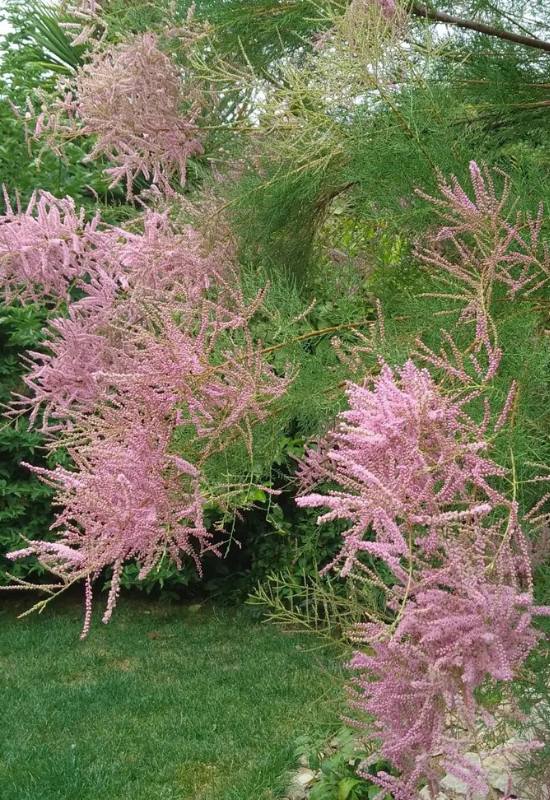
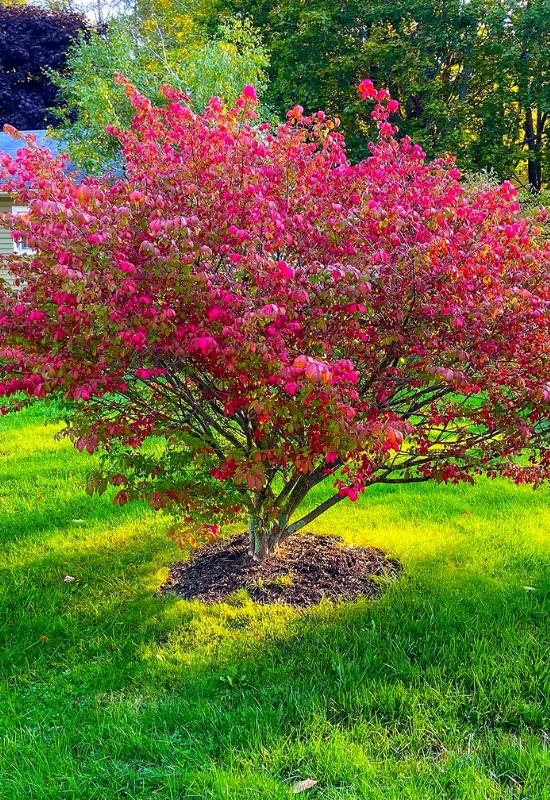
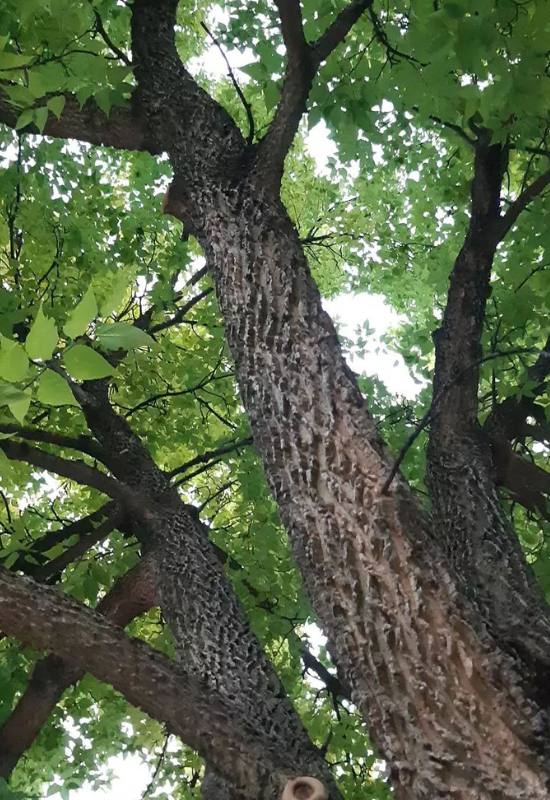
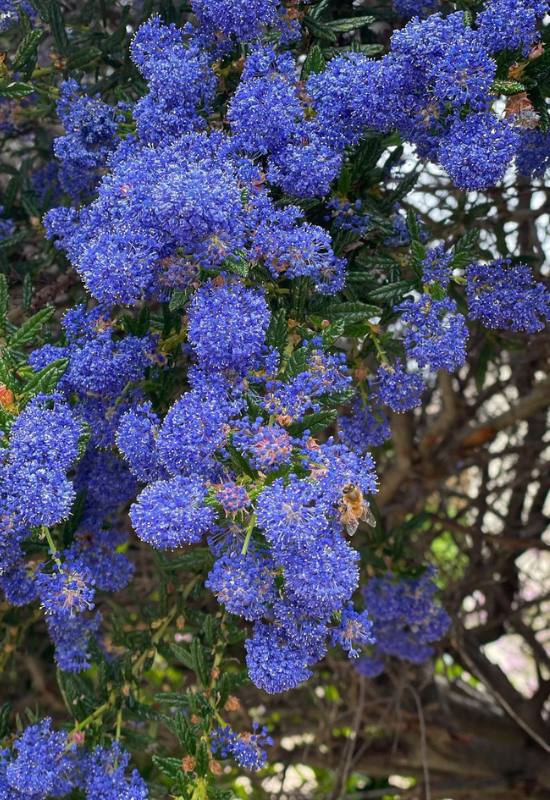
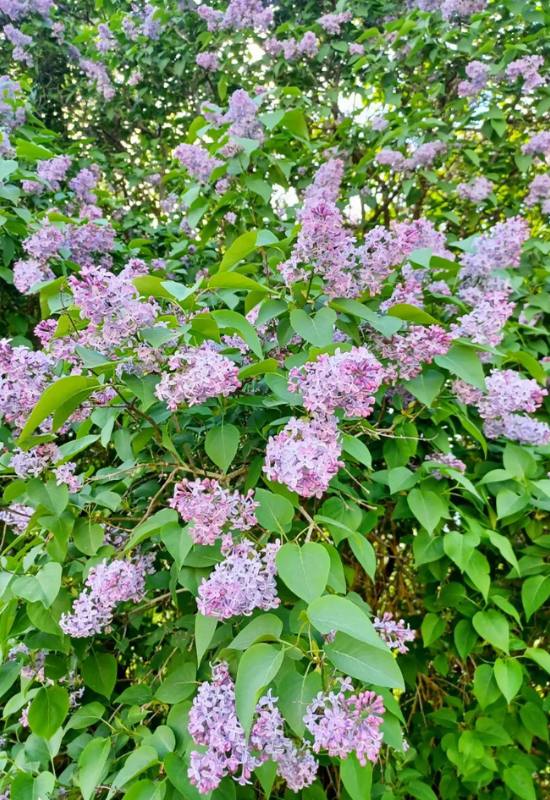
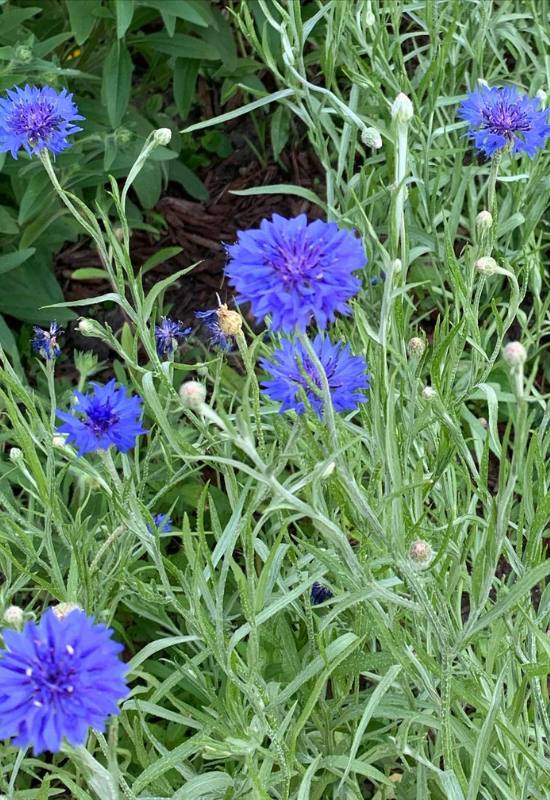
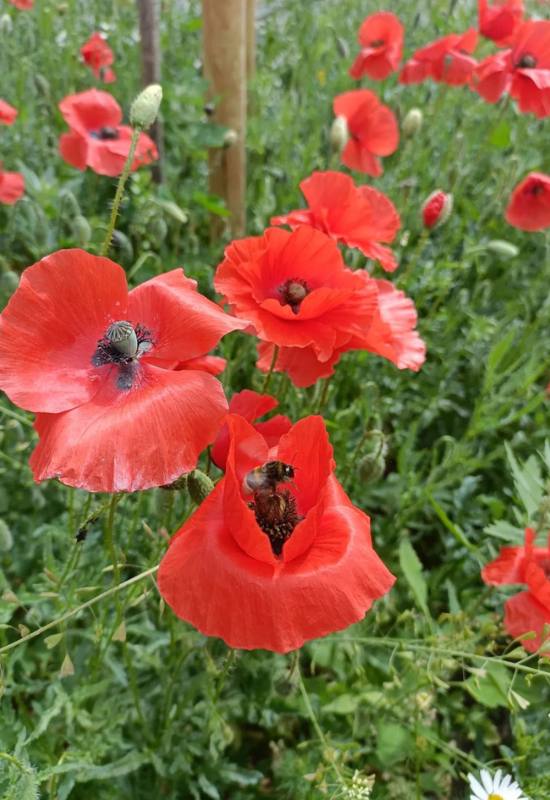
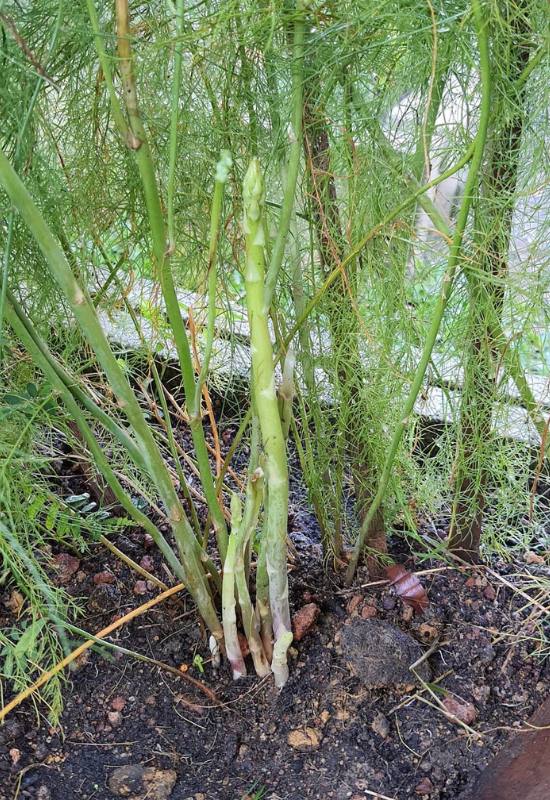
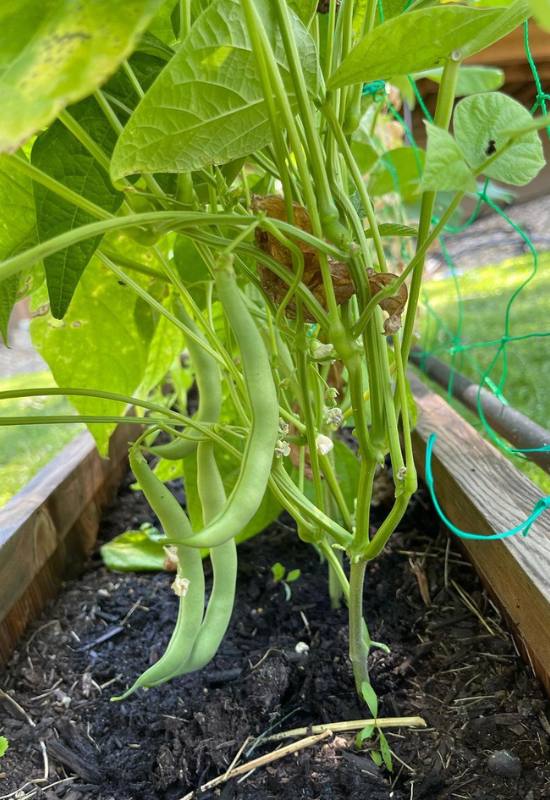
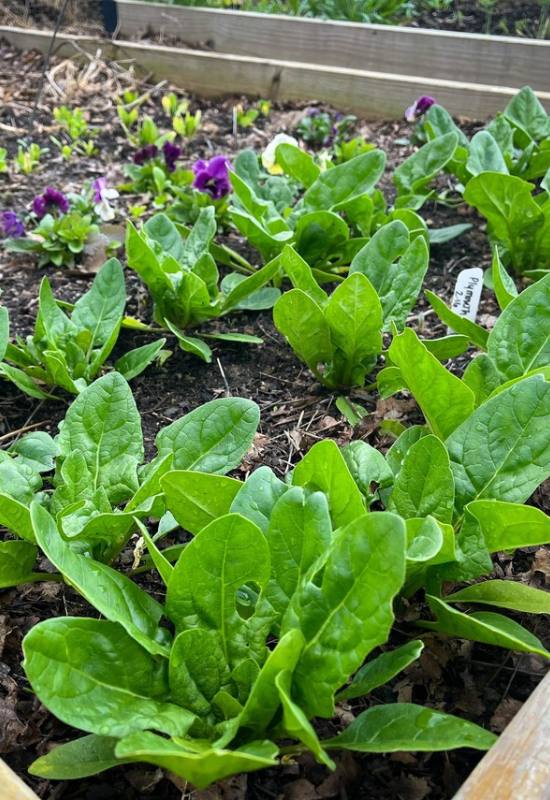
Can you please recommend a cotoneaster species for alkaline ph 8, sandy loam, zone 6 (Owyhee county, Idaho.
I’m looking for deer proof, bird food berries.
Thanks
Based on your requirements for alkaline pH, sandy loam soil, and Zone 6 in Owyhee County, Idaho, I can recommend the Cotoneaster divaricatus, commonly known as Spreading Cotoneaster. This species is known for its adaptability to various soil types, including sandy loam, and can tolerate alkaline conditions.
Spreading Cotoneaster produces clusters of small red berries that are loved by birds while being generally unattractive to deer. It has a spreading growth habit, reaching a height of around 2-3 feet (60-90 cm) and a spread of 6-8 feet (180-240 cm). Its arching branches and attractive foliage make it a visually appealing choice for landscaping as well.
It’s worth noting that while Cotoneaster is generally considered deer resistant, no plant is completely deer-proof. If deer pressure is high in your area, it’s always a good idea to monitor the situation and consider additional protective measures, such as fencing or deer repellents.
Before planting, I recommend checking with local nurseries or garden centers in your area for specific cultivars or varieties of Cotoneaster divaricatus that are well-suited to your region’s conditions.